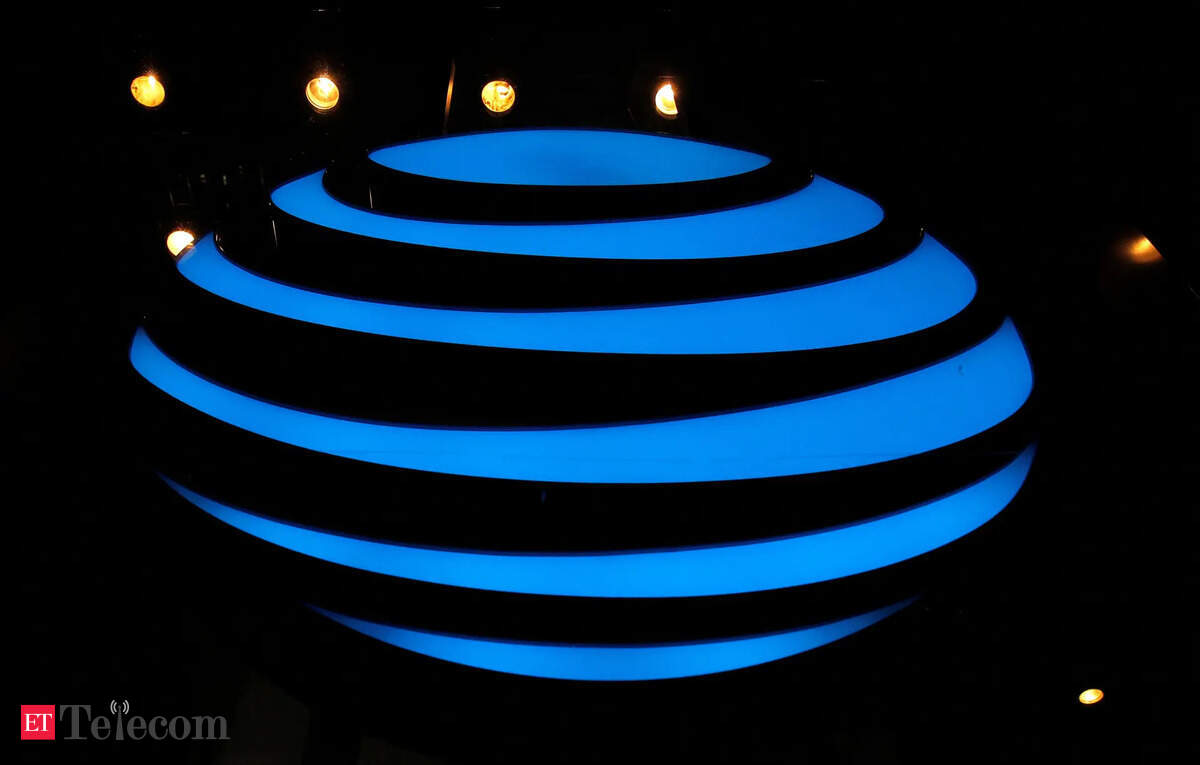Lumen CEO talks AT&T deal, enterprise: We have 'right to win' in AI
Lumen Technologies (LUMN) agrees to sell its consumer fiber-optic internet business to telecommunication giant AT&T (T) in a $5.75 billion cash deal.
Lumen CEO Kate Johnson joins Julie Hyman and Brad Smith on Catalysts to talk more about the deal and how it's allowing Lumen to focus more on its enterprise business, particularly in its ability to scale and AI.
To watch more expert insights and analysis on the latest market action, check out more Catalysts here.
00:00 Speaker A
Lumen Technologies is selling its consumer fiber to home business to AT&T for five point $75 billion in cash. It's part of the company's effort to focus on its enterprise strategy. For more on this, we got Lumen CEO Kate Johnson joining us, and I'm also joined by Morning Brief co-host Brad Smith. Kate, thank you so much for taking the time to talk to us this morning. So, um, selling this business to focus on your enterprise business, talk me through the thinking on that and how this will allow you to do that.
00:55 Kate Johnson
Uh, thanks for having me on the show and happy to announce it's a new day for Lumen. The thinking behind the deal was quite simple. Um, every company on Earth is leaning into AI. It's become a mission-critical technology for any business that wants to transform, that wants to innovate, that wants to compete and perform in this environment. Um, and we have a right to win with assets to support those companies, which I can talk about more in a minute. I think there was another trend that we were looking at very closely, which is the convergence of the demand curves for fiber and wireless in the consumer space. And AT&T has the scale, the brand, the footprint to really compete and invest in that business. So we chose to double down where we have a right to win and sell the business to AT&T on the consumer fiber side and, uh, and retain our ability to really serve the enterprise.
02:22 Brad Smith
You know, I wonder in the talks that you've had with the executives over at AT&T, I've had the opportunity to speak with the CFO Pascal Desroches in the past, uh, and in the most recent weeks when I was discussing with him their plans for fiber, where did it ultimately net out and become clear that this would make sense, not just for AT&T but for Lumen as well?
03:06 Kate Johnson
Well, I mean, if you look at the deal, uh, Brad, it's actually great for us. $5.75 billion, when you do net proceeds after tax and you add some cash on hand, we can, uh, reduce debt by $4.8 billion and delever the company from 4.9 to 3.9, and that's just getting started. We retain all of the assets on the copper side in the consumer, wholesale, and enterprise space. They have meaningful, uh, cash flow and contribute meaningfully to our overall financial health. So we can continue to use those dollars to do whatever we wish. We have financial flexibility now. We can pay down debt. We can continue to digitize and streamline our operations, or we can start to, uh, think about acquiring new capabilities to serve the enterprise.
04:25 Speaker A
Um, Kate, talk to us a little bit about your enterprise customers, if you can tell us who they are or what kind of enterprises they are, and what the growth opportunity looks like there.
04:46 Kate Johnson
Sure. Large enterprise on the commercial side, uh, you know, the mid-markets, we serve public sector, all of all of them, okay? All of them in North America, multinational corporations as well. And our network is proximate to so many of them because it's huge, and it comes close to touching them. They all share a common problem. AI is all about huge data processing needs, right? And there's a lot of complexity in, uh, the network architecture of today. You've got on-prem, you've got edge, you've got data centers, you've got multiple clouds, and you got to serve the data to the most efficient place to do the compute, which means you need a network that can support it. And legacy networks, they're not big enough, they're not fast enough, they're not secure enough, and they're not intelligent enough. So we're fixing all of that with our physical network and a digital layer on top to make it easy for any enterprise, public sector or commercial, big or small, to use network to leverage AI.
06:33 Brad Smith
With all that in mind, with the proceeds from a deal like this, how do you see kind of building out the future for the business, which investors have have really been trying to wrap their minds around over the past couple of years as evidenced in some of the stock price fluctuations and knowing how much capital has to get infused up front in order to bring that scale to fruition.
07:08 Kate Johnson
We have a digital platform in place already where we provide network as a service to these customers. This is cloudifying Telco, so take traditional transport mechanisms, whether it's IP or waves or Ethernet. And now imagine giving customers the ability to fire up any port with any service, anytime, anywhere. That's cloud consumption. That's the way they're used to thinking of these capabilities, and we're giving it to them now. But we're also investing in data protection services and security services that we can layer on that digital experience for them. So we have this amazing ability to scale the services that we sell, to scale the revenue in the enterprise space, and provide it with cloud economics, which means the marginal cost to serve these customers continues to go down. We're just at the beginning innings of this, uh, new phase of imagining the future of networking, but we've made incredible progress and the future is incredibly bright.
08:40 Brad Smith
How much of that networking do you believe continues to stay on the ground on-premise and and in some of these cloud data centers versus what's getting sent up via satellites into skies as we're seeing that also being prioritized on the other side of communications?
09:07 Kate Johnson
So I think any enterprise needs to have a fulsome strategy in terms of how they're going to transport data. If they've got remote locations, you know, you can go anything from fixed wireless to to satellite to 5G. And when they think about transporting, you know, data, data needs to find fiber as fast as possible. So we're very comfortable with our role no matter what those those technologies on top do and how they evolve, data needs to find fiber as fast as possible, and we've got the best fiber network.
10:02 Speaker A
Kate, thank you so much again for taking the time. Brad, thank you as well.







:max_bytes(150000):strip_icc()/GettyImages-2213247183-4205ed1f6f25401284ec7aa857451c3d.jpg)
